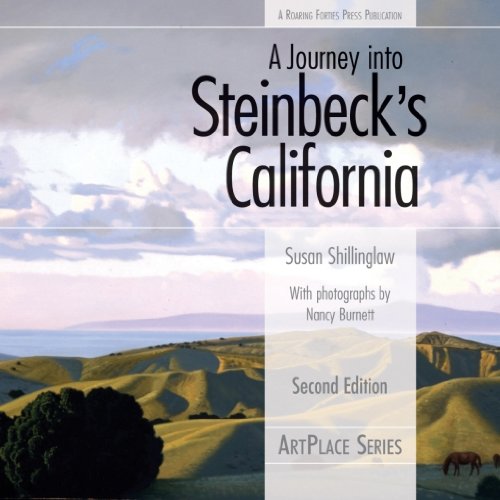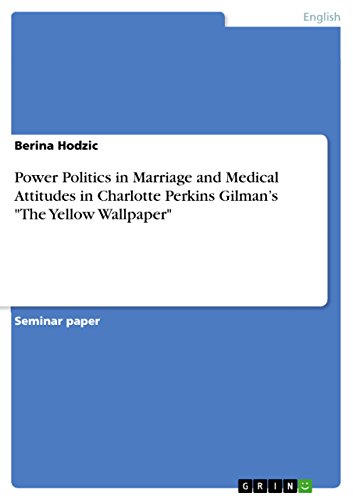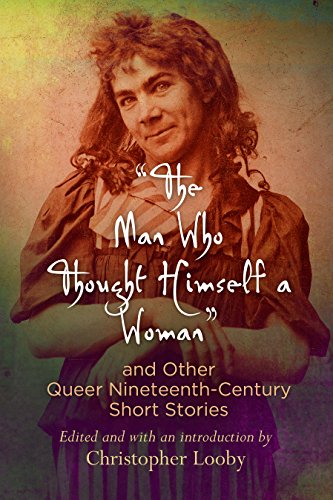
By Stephen W. Sears
Read Online or Download The Civil War: The Second Year Told By Those Who Lived It: (Library of America #221) PDF
Similar asian american literature books
A Journey into Steinbeck's California (ArtPlace)
This half artwork ebook, half biography, and half trip advisor deals perception into how landscapes and townscapes encouraged John Steinbeck's inventive method and the way, in flip, his legacy has encouraged glossy California. quite a few varieties of readers will enjoy the data during this guideliterary pilgrims will study extra in regards to the nation featured so prominently in Steinbeck's paintings, travelers can stopover at an identical structures that he lived in and wrote approximately, and historians will savour the engrossing standpoint on lifestyle in early and mid 20th-century California.
Studienarbeit aus dem Jahr 2005 im Fachbereich Amerikanistik - Literatur, notice: 2,0, Freie Universität Berlin (John-F. -Kennedy-Institut), Veranstaltung: Hauptseminar, 12 Quellen im Literaturverzeichnis, Sprache: Deutsch, summary: Claude McKay, eine der wichtigsten literarischen Figuren der Harlem Renaissance, kann guy keiner politischen Strömung eindeutig zuordnen.
Seminar paper from the yr 2015 within the topic American reviews - Literature, grade: 1,7, Ruhr-University of Bochum (Englisches Seminar), path: Women’s Literature: From Anti-Slavery to fiscal Independence, language: English, summary: In my paper i need to envision how Gilman’s nineteenth century brief tale "The Yellow Wallpaper" engages with the ability politics of marriage and the clinical attitudes in the direction of ladies within the 19th-century U.
"Perhaps it really is no accident that the 19th century—the century whilst, it's been acknowledged, sexuality as such (and a number of taxonomized sexual identities) have been invented—is the interval whilst American brief tales have been invented, and after they have been the queerest. "—Christopher Looby, from the IntroductionA guy in small-town the United States wears the garments of his spouse and sisters; happy ultimately that he has "a excellent go well with of clothes applicable for my sex," he commits suicide, asking merely that he be buried dressed as a lady.
- African Americans in Nacogdoches County (Images of America)
- Undiscovered Country
- Make Someone Happy: Favorite Postings
- Lyrics for Langston
- Byline, Richard Wright: Articles from the DAILY WORKER and NEW MASSES
Extra info for The Civil War: The Second Year Told By Those Who Lived It: (Library of America #221)
Sample text



